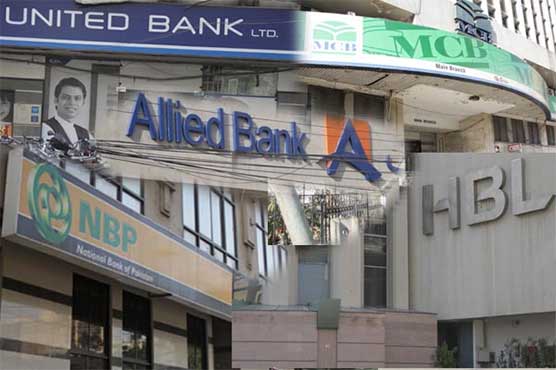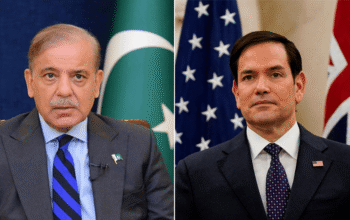By Staff Reporter
KARACHI: Pakistan’s financial system maintained its stability and operational strength in 2024 despite global headwinds, as improved macroeconomic conditions and regulatory safeguards helped curb credit risks and bolster capital buffers, the State Bank of Pakistan (SBP) said in its annual Financial Stability Review (FSR) released on Thursday.
The central bank’s flagship report, mandated under the SBP Act of 1956, highlighted a 17.8 percent expansion in the financial sector’s aggregate size during the calendar year, driven by a resurgent banking industry and robust growth in digital payment infrastructure.
The findings come as Pakistan navigates a fragile economic recovery marked by easing inflation, a stable currency, and renewed International Monetary Fund (IMF) engagement.
The banking sector, which accounts for over 80 percent of Pakistan’s financial system assets, saw its balance sheet grow by 15.8 percent in 2024. Assets swelled on the back of increased investments in government securities and a rebound in private-sector credit, which surged due to lower borrowing costs, revived economic activity, and tax incentives tied to advances-to-deposit ratios (ADR).
Non-performing loans (NPLs) fell to 6.3 percent of total gross loans by December 2024, down from 7.6 percent a year earlier, while provisioning coverage ratios strengthened under IFRS-9 accounting standards. The capital adequacy ratio climbed to 20.6 percent—nearly double the regulatory minimum—signaling “minimal net credit risk to solvency,” the SBP noted. However, profitability metrics softened amid tighter margins, and deposit growth lagged, forcing banks to rely more on borrowings.
Islamic banking emerged as a bright spot, with assets growing sharply and branch networks expanding, reflecting the SBP’s push for Shariah-compliant services. In contrast, microfinance banks (MFBs) remained under stress, struggling with asset quality and liquidity strains.
Non-bank financial institutions (NBFIs) posted strong balance sheet growth, while development finance institutions (DFIs) contracted. The insurance sector held steady, though the report flagged subdued demand-side activity in the corporate sector, where earnings faced pressure despite stable liquidity profiles.
Pakistan’s push to modernize payment systems gained momentum, with the SBP signing a memorandum with the Arab Monetary Fund to integrate its Raast instant payment platform with the Buna cross-border system—a move aimed at easing remittance flows from Gulf nations. Raast’s Person-to-Merchant module, launched in late 2023, fueled a 45 percent jump in retail digital transactions year-on-year.
While the SBP expressed confidence in the banking sector’s ability to withstand severe shocks over a three-year horizon, it warned that global protectionism, geopolitical tensions, and delays in structural reforms could undermine Pakistan’s external buffers.
“Nonetheless, a change in trade policy by the US may have implications for the Fed’s monetary policy as well as global financial conditions. Moreover, the resultant shift towards protectionist policies by other major economies may adversely affect global growth prospects, bearing repercussions for Pakistan’s economy as well,” the SBP said.
The central bank pledged to “proactively strengthen oversight” to mitigate emerging risks.
“It deserves an emphasis that although the domestic economy is steadily on a recovery path, sustaining the recovery, which hinges on continued progress on structural reforms, is crucial to build external buffers and reduce external financing risks.”
Copyright © 2021 Independent Pakistan | All rights reserved




